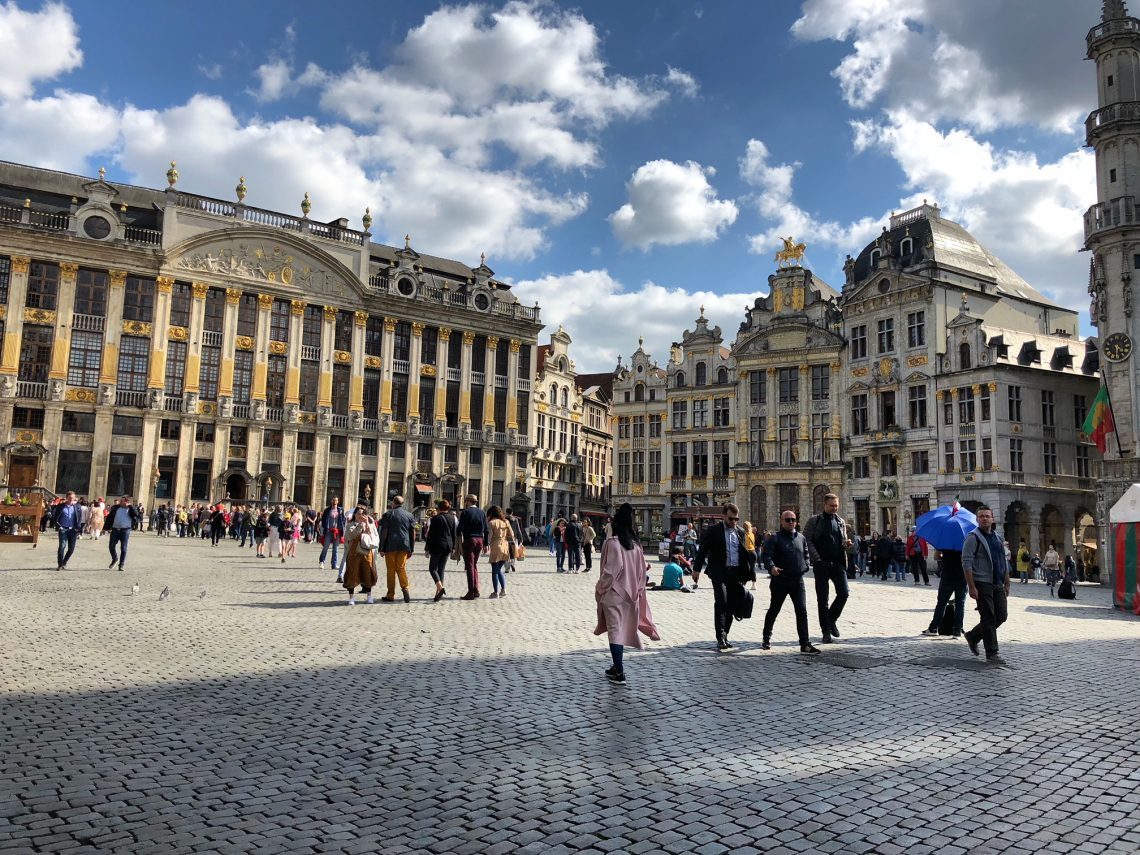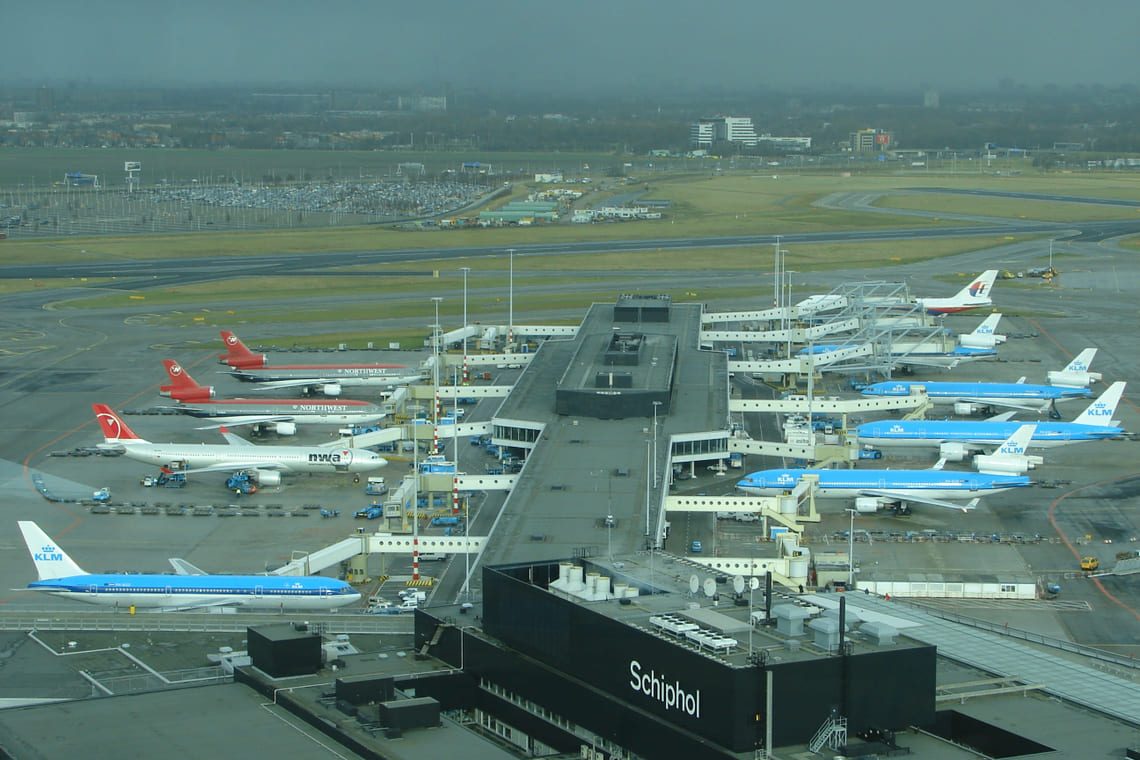But the Dutch do not eat all the fish themselves.
The Netherlands has secured 19,116 tonnes of salmon this year, passing Denmark on the list of Norway’s largest salmon customers. Only Poland and France have bought more Norwegian salmon this year.
While total salmon exports have fallen (in volume), the Dutch are stepping up. So far this year, they have increased purchases by 8.4 percent compared to the same period last year, according to export statistics from the Norwegian Seafood Council.
Last week alone, Dutch importers traded 1,639 tonnes of salmon.
Doubles
It is almost twice as much as the even-sized neighboring country Belgium has done in the first 12 weeks of 2022. The Belgians have contented themselves with securing 889 tonnes of Norwegian salmon this year. Last week, only 59 tonnes of Norwegian salmon went to Belgium, equivalent to three and a half lorries.

While Belgium has 11.6 million inhabitants, the neighboring Netherlands has 17.4 million inhabitants, so why do Dutch people buy so much more salmon? First and foremost, it’s because they do not eat all the fish themselves.
Further exports
In the same way as Poland and Denmark, the Netherlands has an extensive processing industry. In Dutch cities, such as Urk, Schevenigen, Harderwijk and IJmuiden, a large number of smokehouses and fillet companies are gathered. A good part of the salmon is processed and further exported by companies, such as Rode Vis, Foppen and Urker Zalmhuys and Visscher Seafood.
Another explanation is called Schipol.
The international airport outside Amsterdam is a hub for KLM and air freight of salmon out of Europe. Every week, a large number of trucks, full of salmon, are driven from Norway to Schipol. From here, large volumes of freshly packaged salmon are sent to overseas markets such as East Asia and the United States.



